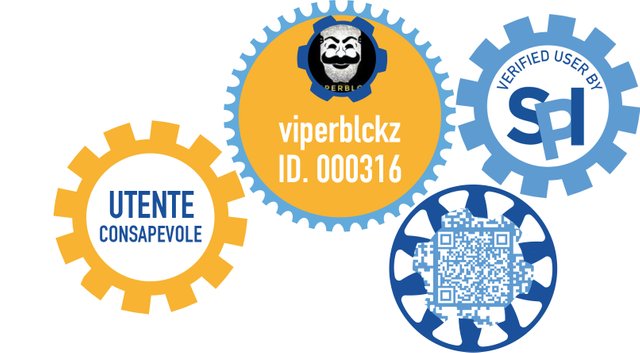Why Ethereum Needs a Hard Fork Edit

A hard fork, you recall, is basically a software update. Some upgrades — like a new version of Windows — are a massive undertaking. They change the whole way your computer looks and functions. Others are very much like those apps on your smartphone that always seem to be downloading and installing something. Largely unnoticeable to average users. Software updates are essential to fix bugs, beef up security to meet new threats, and add new features. They are a key part of the regular maintenance required to keep computers and applications running at peak efficiency and functionality. Why can’t we just stick with what we’ve got and never upgrade? That might work for your old laptop running an outdated version of MS Word. But in cryptocurrencies, software updates are absolutely essential to fix bugs, counter new security threats and add new features. Moreover, all cryptocurrencies live on distributed ledgers. By definition, those are shared databases, running with shared software that must be upgraded across the entire network.
Ethereum has many challenges, but scaling is currently the biggest among them. According to available data, the network currently runs at full capacity 24/7, with approximately 40,000-50,000 transactions unable to make it through traffic jams each day. This is a constant reminder of surplus demand that the network is unable to satisfy. Meanwhile, anecdotal evidence suggests these bottlenecks may be driving traffic from Ethereum to EOS, Tron and other distributed ledgers that can more readily handle the larger transaction volumes. But Ethereum is the home base of thousands of applications. It’s far more complex than Bitcoin. So, not only does it need an upgrade badly, the required changes are far too complex for a soft fork. For the Ethereum community, the only practical path forward is a hard fork. And that comes with risks, possibly big risks.
Although just five miners control the lion’s share of its computing resources, the Ethereum network actually has 9,101 functioning nodes. All of them must upgrade to any new software version before the launch date to avoid any risk of a network split. Trouble is, getting everybody to agree to almost anything is like herding cats.
This is not financial advice. I don’t take into account of your personal investment objectives, specific investment goals, specific needs or financial situation and makes no representation and assumes no liability to the accuracy or completeness of the information provided here. The information and publications are not intended to be and do not constitute financial advice, investment advice, trading advice or any other advice or recommendation. Any expression of opinion (which may be subject to change without notice) is personal to the author and the author makes no guarantee of any sort regarding accuracy or completeness of any information or analysis supplied.

Posted using Partiko iOS
Congratulations @viperblckz! You have completed the following achievement on the Steem blockchain and have been rewarded with new badge(s) :
Click here to view your Board
If you no longer want to receive notifications, reply to this comment with the word
STOPVote for @Steemitboard as a witness and get one more award and increased upvotes!